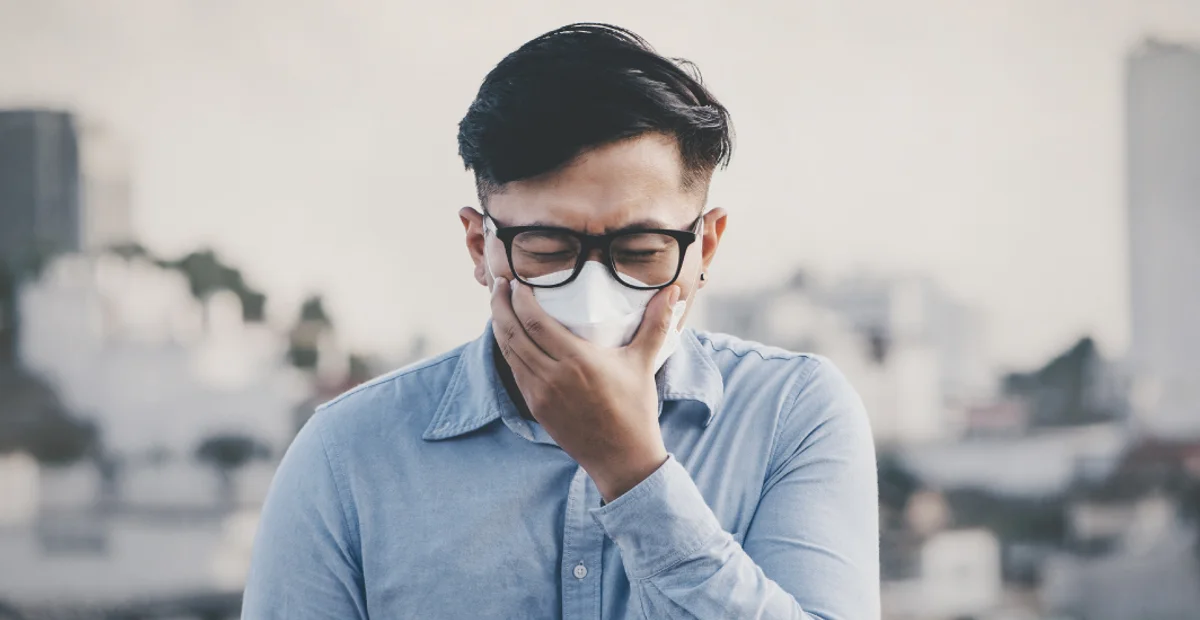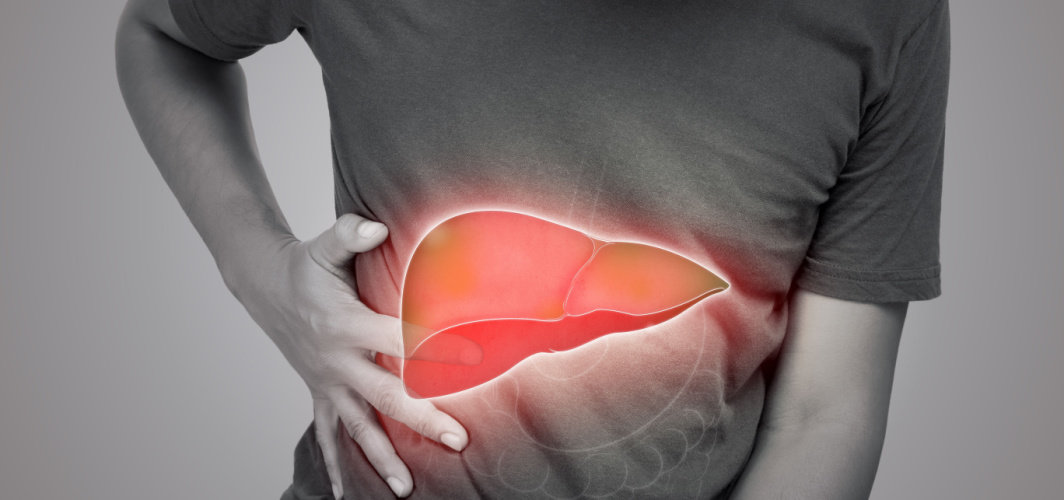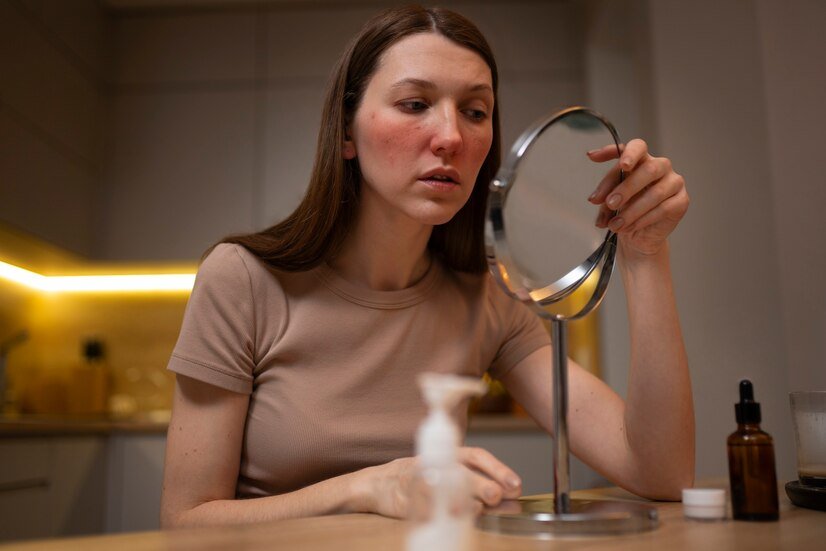- Home
- Blog
- General Health
10 Diseases Caused by Air Pollution
General Health
10 Diseases Caused by Air Pollution
By Apollo Pharmacy, Published on- 08 November 2024, Updated on -13 December 2024
Share this article
0
0 like

Air pollution has become one of the most pressing health concerns, especially in densely populated countries. Particulate matter, chemicals, and allergens in the air can cause terrible damage to our respiratory and circulatory systems. From common respiratory issues to more serious health conditions, millions are affected by pollution. In this article, we explore ten diseases linked to air pollution, along with their symptoms and treatment options, helping you stay informed and proactive about your health.
1.Asthma
Asthma is a respiratory disorder that causes chronic inflammation of the airways that narrows them and makes breathing difficult. It is majorly triggered by air pollution, especially in children and the elderly. Particulate matter, smoke, and ozone pollution increase the risk of asthma attacks, which can be deadly if the disease is left untreated. Daily life can be greatly impaired because of asthma, including missed days of school or work, disturbed sleep, and limited activity.
Symptoms:
- Shortness of breath
- Coughing and wheezing
- A compression in the chest
- Breathing difficulties, particularly at night or during exercise
Treatment:
- Corticosteroid inhalers for long-term control, and bronchodilators for immediate relief.
- Avoid outdoor activities on days with high pollution levels.
- Keep windows closed and use air purifiers.
- Use breathing techniques to improve lung function.
2.Chronic Obstructive Pulmonary Disease (COPD)
COPD is a medical term used to describe a group of lung diseases that include chronic bronchitis and emphysema, which block airflow and cause breathing difficulties. COPD is more likely to develop if you have long-term exposure to pollutants from industrial emissions, smoke, and vehicle exhaust. COPD is progressive and unlike asthma, it usually affects older adults and makes everyday tasks strenuous.
Symptoms:
- Persistent cough that produces mucus
- Breathlessness, fatigue, and lack of activity
- Regular infections of the respiratory system
Treatment:
- Pulmonary rehabilitation to enhance breathing and lung capacity.
- Medications to relieve symptoms, such as anti-inflammatory medications and bronchodilators.
- In severe cases, oxygen therapy is used to keep oxygen levels stable.
- Lifestyle modifications, such as quitting smoking and limiting exposure to toxins.
3.Lung Cancer
One of the deadliest diseases that air pollution causes is lung cancer. It is often due to exposure to carcinogenic particles and chemicals in the air that lead to the development of this disease. In industrial areas, you can find pollutants such as benzene, formaldehyde, and arsenic, which can greatly increase lung cancer risk. While smoking is the biggest contributor to lung cancer, air pollution can also cause lung cancer in people who don't smoke.
Symptoms:
- A chronic cough that becomes worse with time
- Breathing difficulties and chest pain
- Fatigue and unexplained weight loss
- Coughing up blood
Treatment:
- Depending on the stage of cancer, treatment options include radiation therapy, chemotherapy, or surgery.
- In more advanced cases, targeted therapy is used to stop the growth of particular cancer cells.
- Early detection by routine testing, particularly for people living in areas with high pollution levels.
- Modifications to diet and lifestyle to boost immunity and promote general health.
4.Heart Disease
The cardiovascular system is highly vulnerable to pollutants like particulate matter (PM2.5) that can enter the bloodstream and lead to heart disease. Pollution can cause inflammation in blood vessels, which raises blood pressure and leads to heart attacks or strokes. Millions are affected by this disease worldwide and it often coexists with other pollution-related conditions, such as respiratory disorders.
Symptoms:
- Pain or discomfort in the chest
- Breathlessness
- Weakness and exhaustion, particularly while exercising.
- An irregular heartbeat
Treatment:
- Medications to regulate heart rate, cholesterol, and blood pressure.
- A diet high in fruits, vegetables, and omega-3 fatty acids is heart-healthy.
- Consistent physical activity and stress reduction methods.
- Wearing masks in polluted settings and avoiding high-pollution areas.
5.Stroke
Cardiovascular strain from pollution can increase the risk of stroke, especially among older adults and those with preexisting health conditions. Air pollution can cause blood clots and blockages in the arteries that carry blood to the brain. This condition can cause permanent disability or death, so it is important to get timely treatment.
Symptoms:
- Sudden weakness or numbness in the arms, legs, or face, particularly on one side
- Confusion and difficulty speaking
- Severe headaches or blurred eyesight
- A decline in balance or coordination
Treatment:
- Immediate medical attention and clot-busting medications to prevent brain damage.
- Blood pressure management and cholesterol-lowering medications.
- Regular physical activity and balanced nutrition reduce stroke risk.
- Avoiding smoking and exposure to secondhand smoke or polluted environments.
6.Bronchitis
Exposure to pollutants such as smoke, dust, and industrial emissions often leads to bronchitis, an inflammation of the bronchial tubes. Acute bronchitis is usually short-term, but chronic bronchitis can last for months and cause frequent respiratory problems. It’s especially common in people with weakened immune systems or other respiratory conditions.
Symptoms:
- Continuous coughing with mucus
- Nasal congestion and a sore throat
- Mild fever and cold
- Breathlessness and exhaustion
Treatment:
- Adequate rest and hydration to support recovery.
- Cough syrups and bronchodilators to relieve respiratory symptoms.
- To lessen bronchial inflammation, stay away from smoking and polluted places.
- Using steam inhalation and humidifiers to facilitate breathing.
7.Premature Birth and Birth Defects
Air pollution doesn’t just affect adults; it’s also dangerous for pregnant women and their unborn children. Exposure to high pollution levels during pregnancy can result in premature birth, low birth weight, and birth defects. PM2.5 and volatile organic compounds are especially dangerous pollutants, and pregnant women should be especially careful in polluted environments.
Symptoms:
For the mother, symptoms may not always be evident, but pollution exposure can impact foetal development.
Treatment and Prevention:
- Avoiding heavily polluted areas and wearing protective masks.
- Regular prenatal check-ups to monitor foetal health.
- Maintaining a nutritious diet and supplementing with prenatal vitamins.
- Use air purifiers indoors to minimise exposure to harmful particles.
8.Skin Diseases
Particulate matter, ozone, and chemicals from air pollutants can all cause skin irritation, allergies, or accelerate ageing. Prolonged exposure to these can damage your skin barrier and increase your chances of developing conditions such as eczema, acne, and skin cancer. Also, pollutants produce free radicals that make skin wrinkled and dry.
Symptoms:
- Itching, redness, and rashes
- Dry or flaky skin
- Worsening of acne and other pre-existing skin conditions
Treatment:
- Use moisturisers and sunscreens with antioxidant properties to protect the skin.
- Cleansing the skin regularly removes pollutants and dirt.
- Applying barrier creams and hydrating skincare products to support the skin barrier.
9.Kidney Diseases
Air pollution, especially exposure to fine particulate matter, can increase the risk of kidney damage by inducing inflammation and oxidative stress. Pollutants can get into the bloodstream and even into our organs, like the kidneys, and can cause chronic kidney disease (CKD).
Symptoms:
- Fatigue and weakness
- Swelling in the legs, ankles, and feet
- Changes in urine output and colour
Treatment:
- Managing underlying health conditions that affect kidney health, such as high blood pressure and diabetes.
- Drink sufficient water to aid kidney filtration.
- Avoid exposure to high-pollution areas to reduce kidney strain.
10.Liver Diseases
Toxins can be inhaled and enter the bloodstream, and over time can affect the liver. People with other risk factors may develop liver inflammation and diseases such as non-alcoholic fatty liver disease (NAFLD) with continuous exposure.
Symptoms:
- Fatigue and weakness
- Abdominal pain or swelling
- Jaundice (yellowing of the skin and eyes)
Treatment:
- Eating a balanced diet with foods that support liver health, such as antioxidants and healthy fats.
- Reducing alcohol intake and maintaining a healthy weight.
- Regular health screenings to monitor liver function, particularly for high-risk individuals.
Conclusion
Air pollution doesn’t just affect your lungs — it affects multiple organs and increases your risk of chronic diseases. Being aware of these dangers enables us to take protective steps and minimise exposure. You can consult a doctor to find the most suitable treatment plan from those mentioned above for your condition. Taking proactive measures today can safeguard your health and improve your quality of life in the long run.
Services
General Health
Leave Comment
Services
Recommended for you

General Health
Fatty Liver: Symptoms, Causes, Prevention, and Treatment
Fatty liver is caused by the accumulation of fat in the liver. A person with fatty liver may suffer fatigue, abdominal pain or discomfort, or weakness. Notably, the common causes of fatty liver are excessive alcohol consumption and non-alcoholic factors like obesity and diabetes. Its prevention and management involve adopting a healthy lifestyle.

General Health
Can Low Vitamin D Levels Cause Skin Problems?
This blog probes into the connection between deficient vitamin D levels and various skin conditions. It also sheds light on how to maintain optimum vitamin D levels.

General Health
5 Reasons You Must Use Cerave Sunscreen
Discover the top 5 reasons why using Cerave sunscreen is essential for protecting your skin from harmful UV rays. From dermatologist-recommended formula to advanced broad-spectrum protection, Cerave sunscreen has you covered.
Subscribe
Sign up for our free Health Library Daily Newsletter
Get doctor-approved health tips, news, and more.

